In Photos: Why Zebras Have Black and White Stripes
The question of why zebras have stripes has long befuddled scientists. Some studies have suggested that stripes help zebras control their body heat, escape from predators or avoid bites from disease-carrying flies. Few studies have systematically analyzed these explanations to determine which purpose — or combination of purposes — is the most likely to have driven the evolution of the zebra's unique striped pattern. [Read full story about zebra stripes]
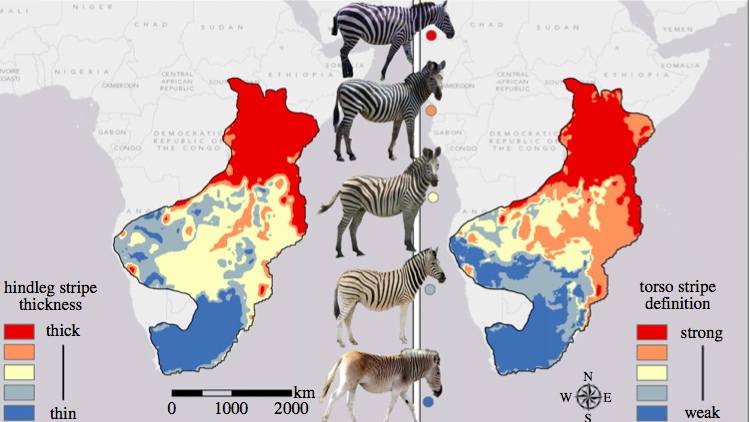
Researchers based at the University of California, Los Angeles (UCLA) have measured how 29 environmental variables relate to certain qualities of stripes — such as thickness and definition — and have found that plains zebras living in the southern, cooler regions of their range tend to have thinner, less-defined stripes than their northern counterparts. (Credit: Brenda Larison, Ryan Harrigan, Henri Thomassen, Daniel Rubenstein, Alec Chan-Golston, Elizabeth Li, Thomas Smith, Royal Society Open Science)
Thick stripes keep cool
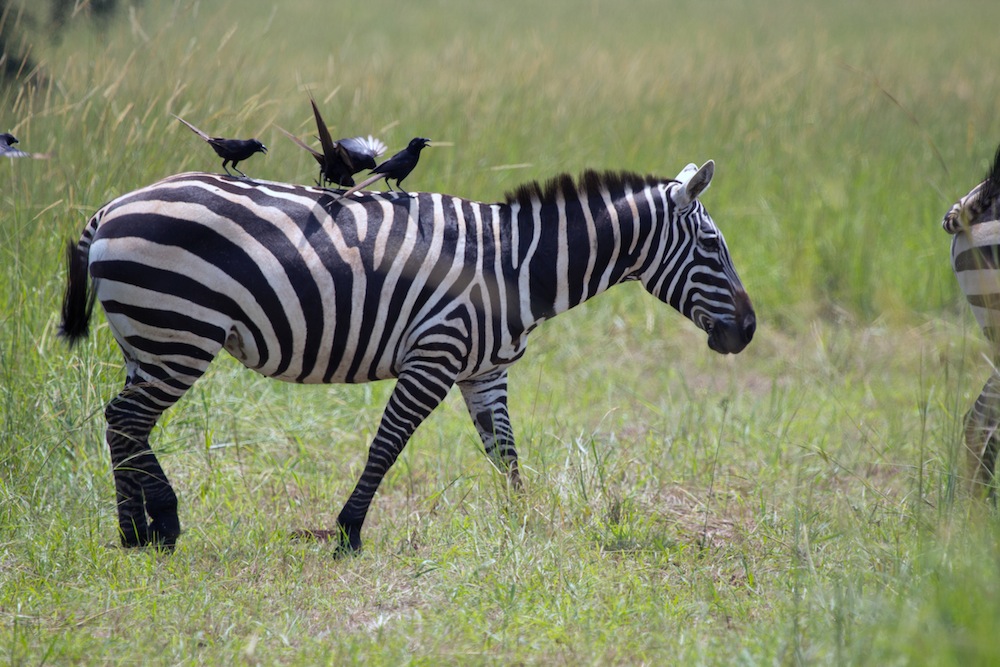
Uganda, located in central Africa, is within the northernmost region of the plains zebra's range, and is warmer than southern regions of the animals' range. Researchers at UCLA found that zebras within this northern region tend to have thicker, more defined stripes than zebras further south. One explanation of these defined northern stripes is that they help cool the animal's body in the heat of the midday sun. The black and white stripes heat at different rates, forming micro spirals of air that behave as small breezes across the zebra's body. (Credit: Brenda Larison)
Slow digesters
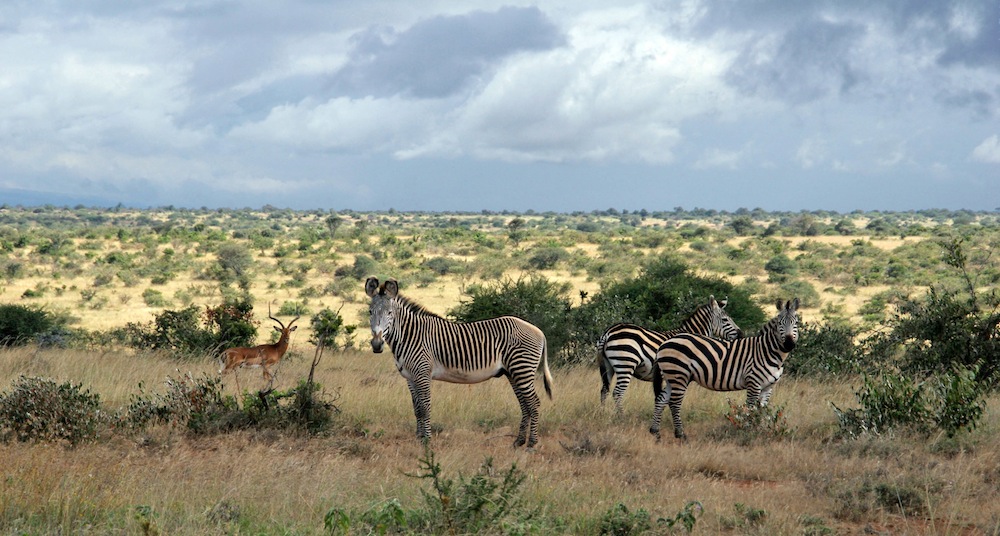
Zebras may benefit from this extra cooling system because, unlike other plains animals (such as the impala in the background of this picture), zebras digest their food very inefficiently and therefore may need to spend longer periods of time eating in the midday heat, study co-author Brenda Larison told Live Science. Zebras and other members of the horse family are considered hindgut fermenters, which is a less efficient form of digestion than rumination, which is more common amongst plains mammals. This picture of a zebra was taken in Kenya.
Contentious theory
Sign up for the Live Science daily newsletter now
Get the world’s most fascinating discoveries delivered straight to your inbox.
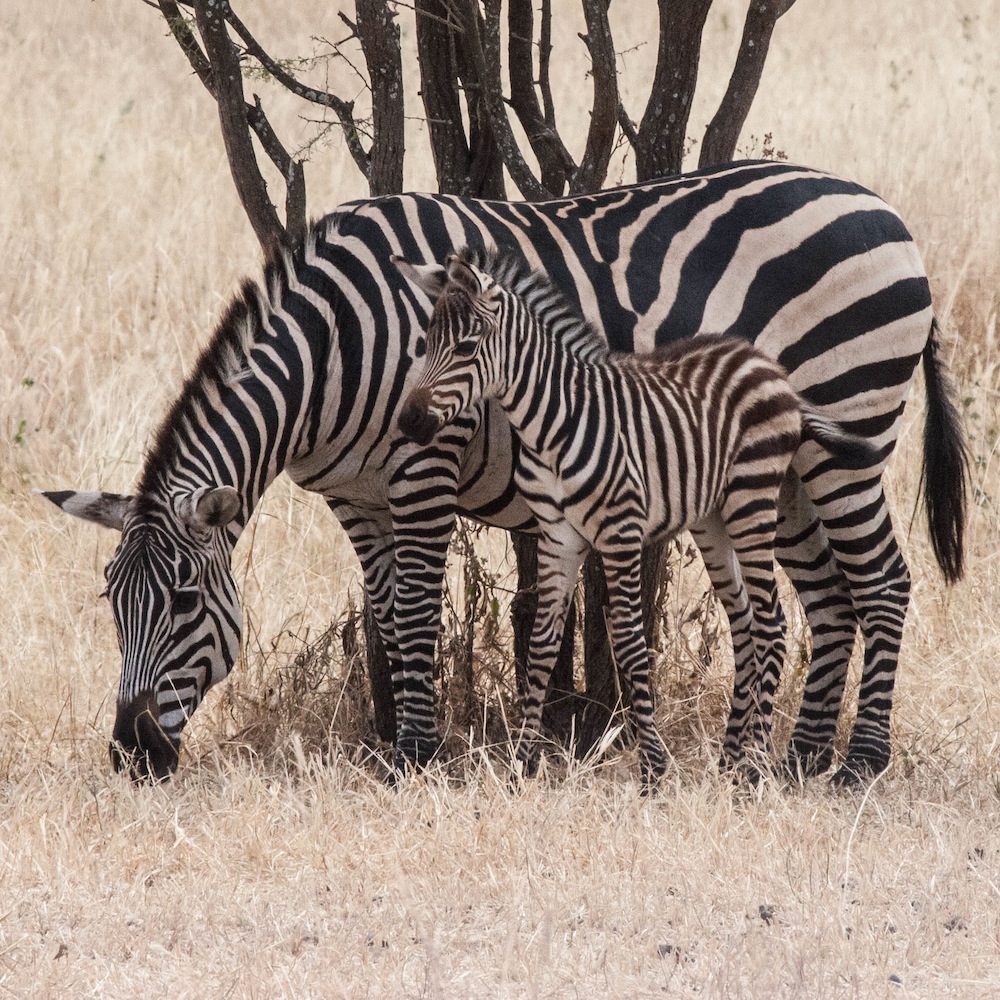
The idea that thick, black stripes help zebras stay cool has not been tested experimentally, and is a contentious hypothesis amongst researchers. Some scientists think a more plausible purpose of zebra stripes is that they help the animals avoid disease-carrying flies. Flies struggle to recognize striped surfaces, though researchers don't understand exactly why this is. The thick-striped zebras in this photo live in Tanzania.
Not a defense mechanism
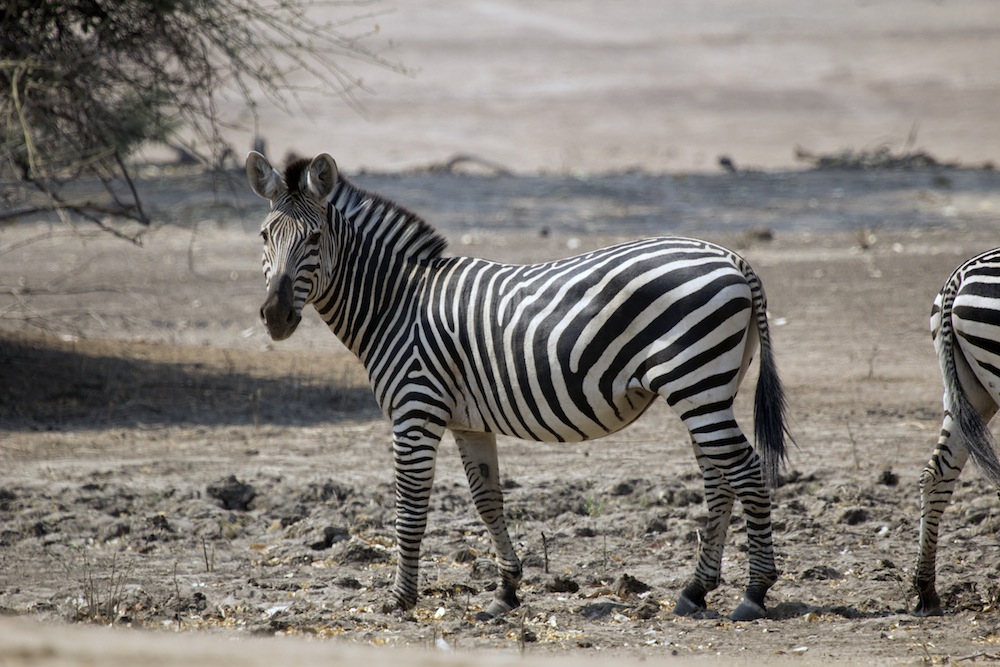
Researchers have struggled to find any convincing evidence that stripes help zebras camouflage and escape from predators. This picture was taken in Zambia.
Lighter stripes
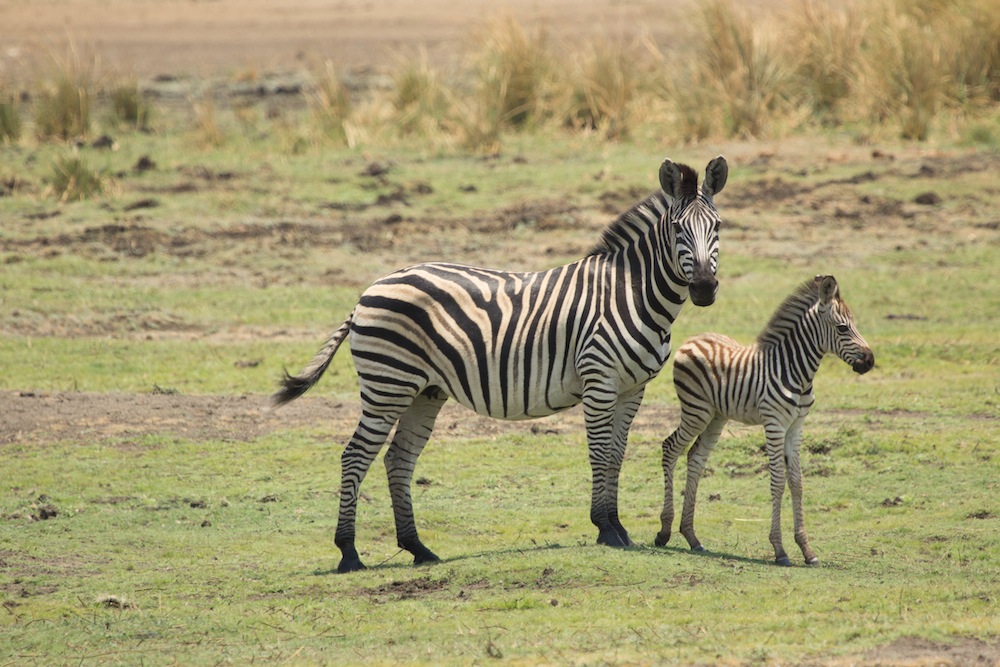
As the researchers from UCLA traveled further south in the plains zebra's range, they found that stripes were fainter and thinner — possibly because these regions are cooler than the regions in which zebras have thicker stripes. This picture was taken in Namibia.
Multiple purposes
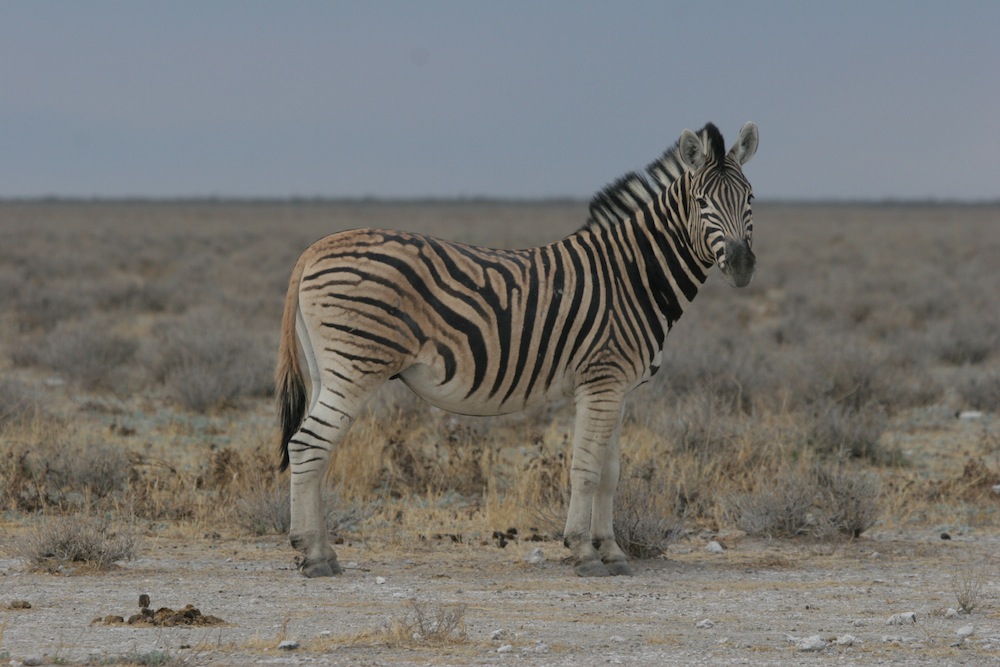
Zebra researchers generally agree that stripes likely serve multiple purposes. For example, back stripes may help zebras control their body heat, whereas leg stripes may help them avoid bites from disease-carrying flies. The zebras in this photo live in Namibia.
Different stripes
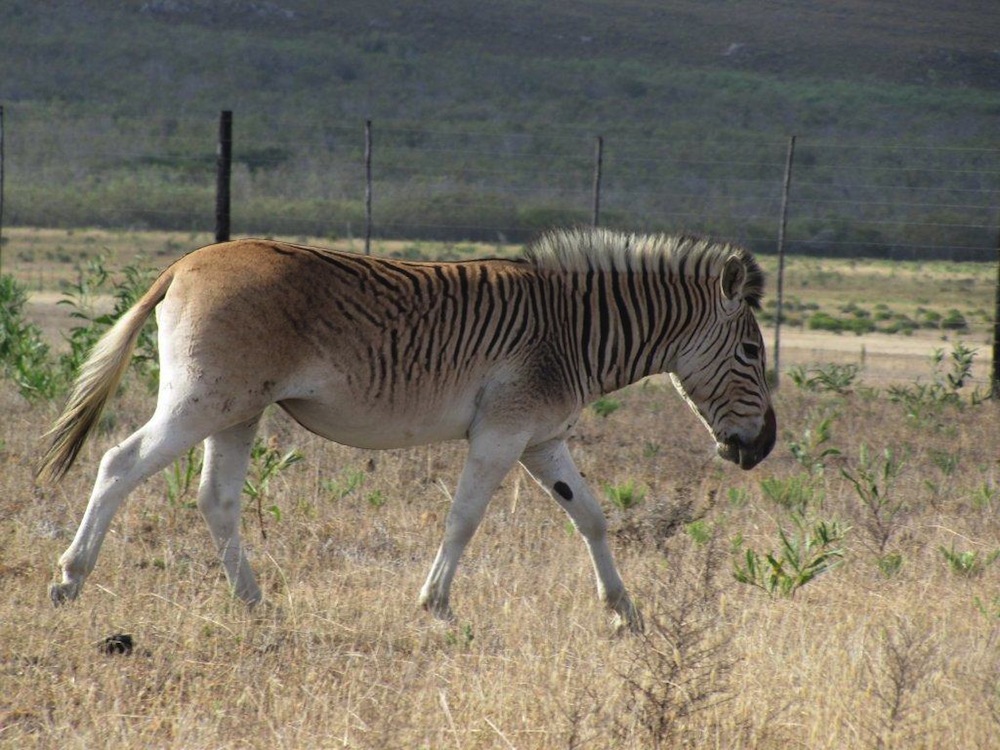
Quagga — an extinct zebra that used to roam parts of South Africa — had very faint stripes . This modern zebra resembles what quagga looked like.
Inspiring others
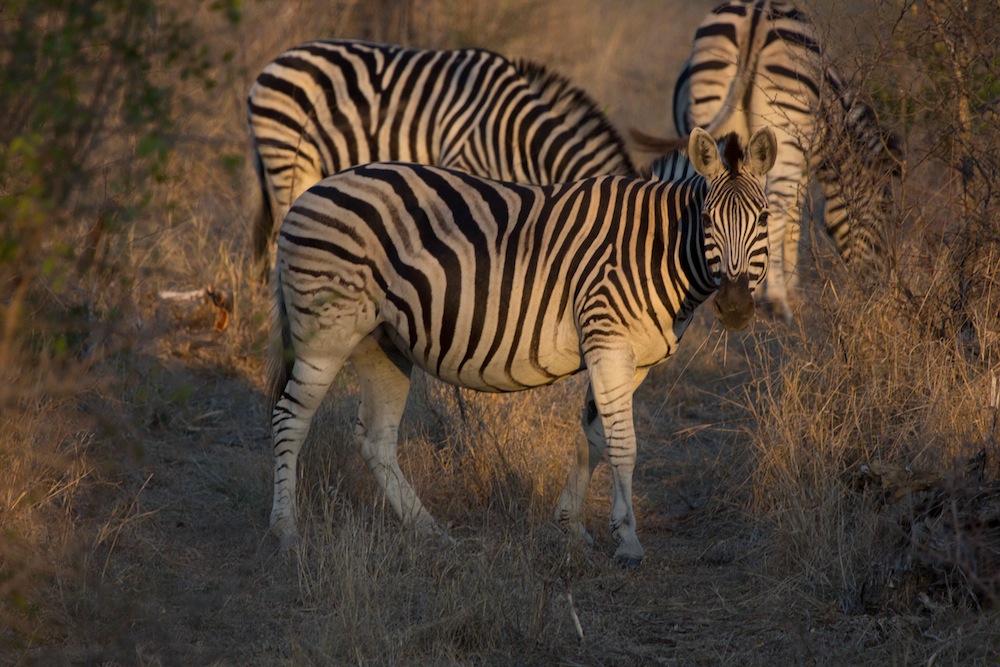
The zebra's striking and unique stripes has helped this charismatic megafauna gain popularity and interest amongst the general public — moreso than many other plains mammals. The scientists involved in this latest zebra stripe study hope their research will spark interest and help inspire the next generation of young scientists, study co-author Brenda Larison told Live Science.
Follow Live Science @livescience, Facebook & Google+.











